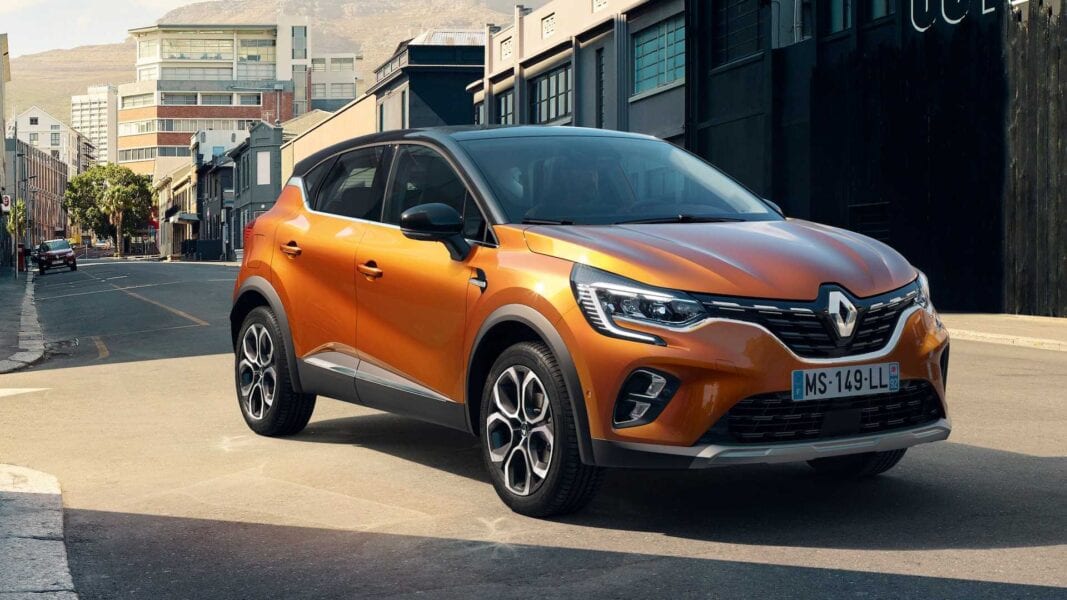
Test drive Renault Captur: orange sky, orange sea
Content
Driving a new edition of one of the best-selling models of the French brand
The first generation Renault Captur has taken a worthy position as a bestseller in the popular class of small SUV models. The new model is built on a high-tech platform, and its attractive appearance has become more solid.
An article that begins with the phrase "this model is much better than its predecessor" is perhaps the most mundane thing you can read. In the case of the Renault Captur, however, this is still a very appropriate statement given the fact that the second generation is based on the new CMF-B small car platform.
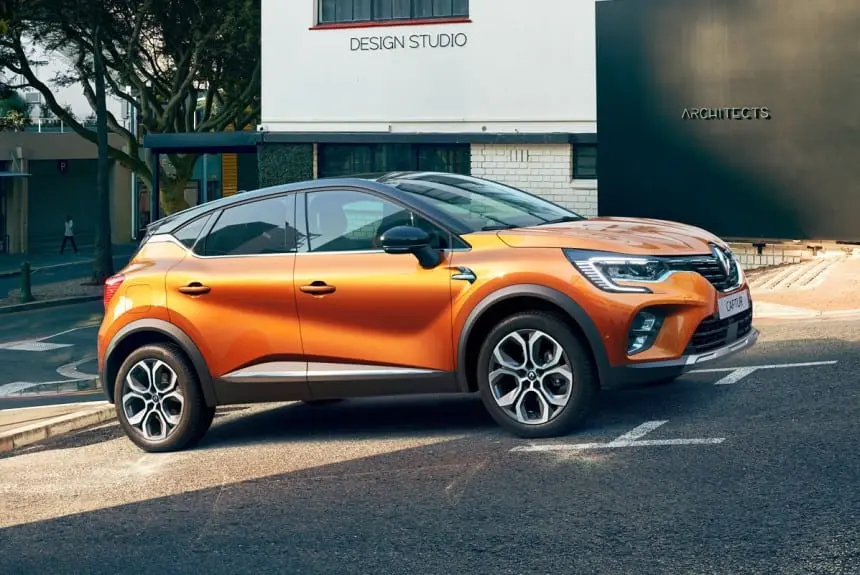
The latter is much more modern, lighter and more durable than the Renault-Nissan B-platform, which housed not only the previous Captur, but also the Renault Clio II, III and IV and is still produced by the Dacia Duster.
However, the previous model, introduced in 2013, is in itself a good basis for the new generation, as it managed to become a bestseller in Europe (in 2015 ranked 14th among the best-selling cars in the Old Continent) - not only because the market for small SUVs and crossovers grew rapidly, but also because he was able to capture the mood of customers with the new stylistic strategy of Lawrence van den Akker.
Captur became a global model when the Chinese and Russian (Kaptur), Brazilian and Indian versions (produced in their respective countries) appeared under this name and in similar style - the last three with a slightly longer wheelbase and dual transmission, based on the B0 platform.
French connection
The second-generation styling retains the general nuances of its predecessor, but now embodies new Renault design cues – with much more precision, detail and sharper shapes.
Captur II has enough self-confidence to throw away the charm of its predecessor and replace it with a more arrogant one. The headlights feature the already distinctive Renault pattern, reminiscent of a quick brushstroke from an artist, featuring the recognizable LED daytime running lights.
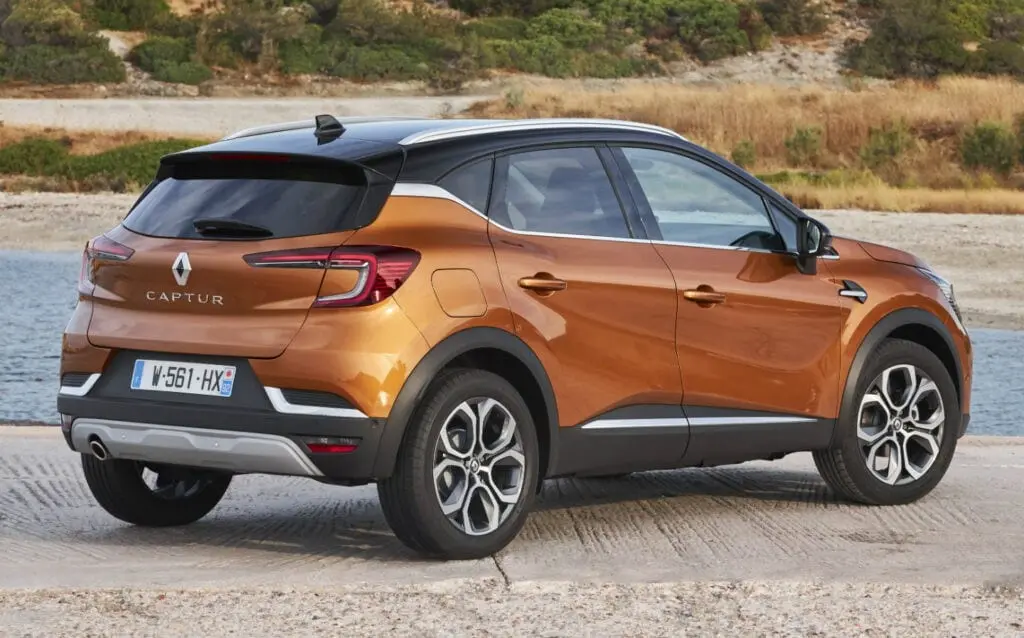
A similar touch can be found in the shape of the taillights, and all other shapes follow the same degree of dynamics. Whether the roof is painted in any of the four complementary colors, it constitutes a distinct and highly dynamic element. Captur offers its customers 90 body color combinations and LED headlights.
The stakes for a car to look like this are very high, because nowadays one in five Renault sold bears the Captur name. This small model offers one of the most comprehensive driver assistance ranges, with adaptive cruise control, active braking assist, lane departure warning and more.
The interior also has a much higher level of performance with precision workmanship and quality materials. Like the Clio, the Captur offers a 7- to 10,2-inch digital instrument cluster with additional customization options, and a 9,3-inch center screen has been added as part of the Renault Easy Link infotainment system.
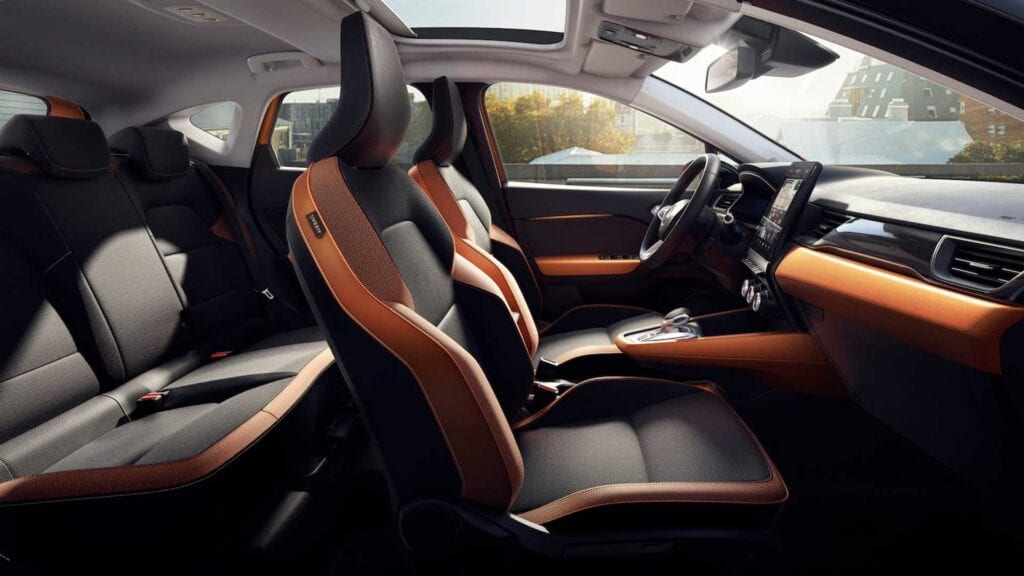
The interior design clearly shows that the vehicle is geared towards young people with an exceptional choice of materials and colors. And the combination of elements of the typical orange color and orange textile inserts, which creates a sense of volume, really looks charming.
The choice also includes diesels
One of the big advantages of the small Captur is the choice of a wide range of actuators. Renault's management factors deserve admiration for this decision, as in a time of unification and lower production costs, they could easily have left only the base three-cylinder gasoline unit and the hybrid version in the range.
After all, the Captur is basically a city car, and the engine in question is 100 hp. and 160 Nm of torque is enough for movement. This intake manifold injection engine is different from the Nissan Juke block and is based on the previous 0,9 liter engine.
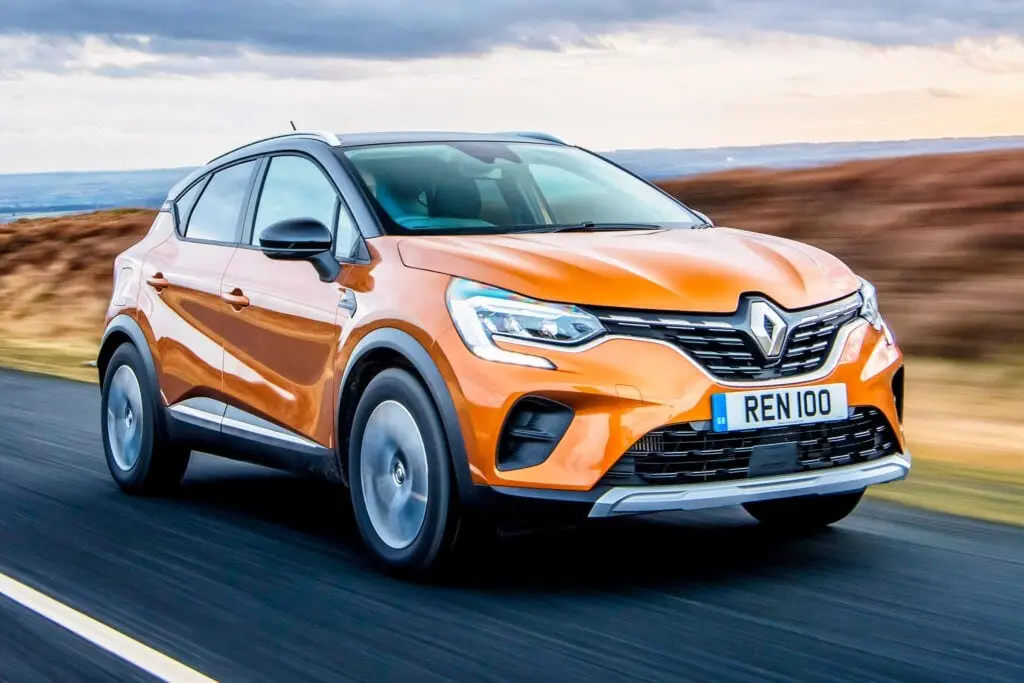
The range also includes a 1,3-liter direct-injection four-cylinder petrol turbo engine in two 130 hp outputs. (240 Nm) and 155 hp (270 Nm). And in a class where you can now do without a diesel engine, two versions of the 1.5 Blue dCi are available to customers - with a capacity of 95 hp. (240 Nm) and 115 hp (260 Nm), each of which has an SCR system.
The base engine is equipped with a 5-speed manual transmission; for the 130 hp petrol version and a 115 hp diesel engine. In addition to a six-speed manual transmission, a seven-speed dual-clutch transmission is also available, and for the most powerful unit it is standard.
Hybrid interpretation
For e-mobility enthusiasts, there is also a plug-in hybrid version with a 9,8 kWh battery, main traction motor and a smaller one used only to start the main internal combustion engine.
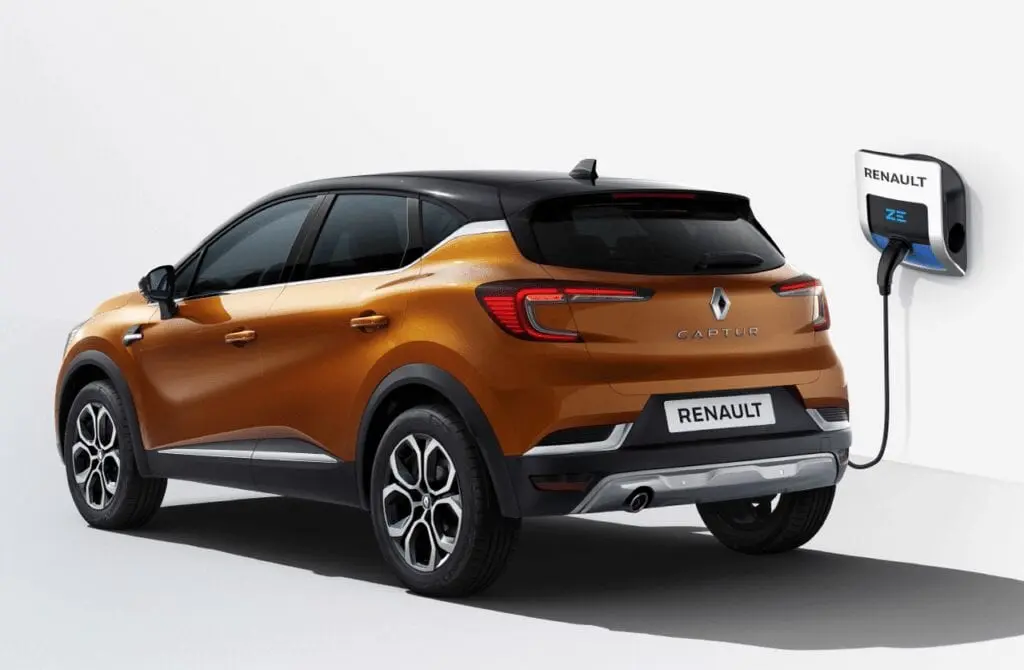
While there is very little information about the system, a closer look at the scarce data reveals an unconventional architecture for which Renault engineers have more than 150 patents. The traction motor is not located on the engine side, but outside the gearbox, and the latter is not automatic, but resembles a manual transmission.
There is no clutch and the car always starts in electric mode. Because of this solution, a starting motor is also required, but when the electricity is running, the torque of the electric motor does not pass through the transmission. The internal combustion engine is naturally aspirated (probably to be able to operate on the Atkinson cycle, but also to keep costs down).
This makes transmission easier in terms of torque. The hybrid variant, called the E-TECH Plug-in, can travel up to 45 km in pure electric mode, and its electric motors are more powerful than the Clio hybrid system. A liquefied gas version is expected soon.
The latter will have to wait a bit. In the test in roughly the same driving conditions, including city, suburban and highway, the 115 hp diesel version consumed about 2,5 l / 100 km less fuel than gasoline 130 hp (5,0 versus 7,5 l / 100 km).
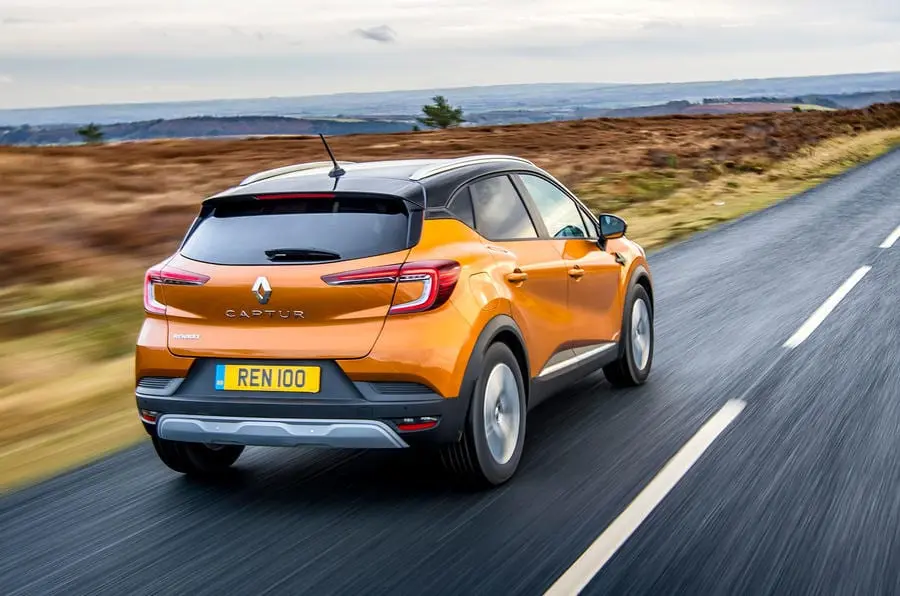
In both cases, the tilt of the body is within acceptable limits, and in general the car has a balanced behavior between comfort and dynamics. If you drive mostly in the city, you can also upgrade to a cheaper liter gasoline engine.
For longer journeys, the diesel versions are most suitable and are offered at very reasonable prices. The advanced infotainment system offers fingertip control, TomTom map navigation is intuitive and the higher-screen display provides better visibility.
Conclusion
A new style with more dynamic shapes, a new and more modern platform, a wide range of drive mechanisms and a rich color palette are the basis for the continued success of the model.